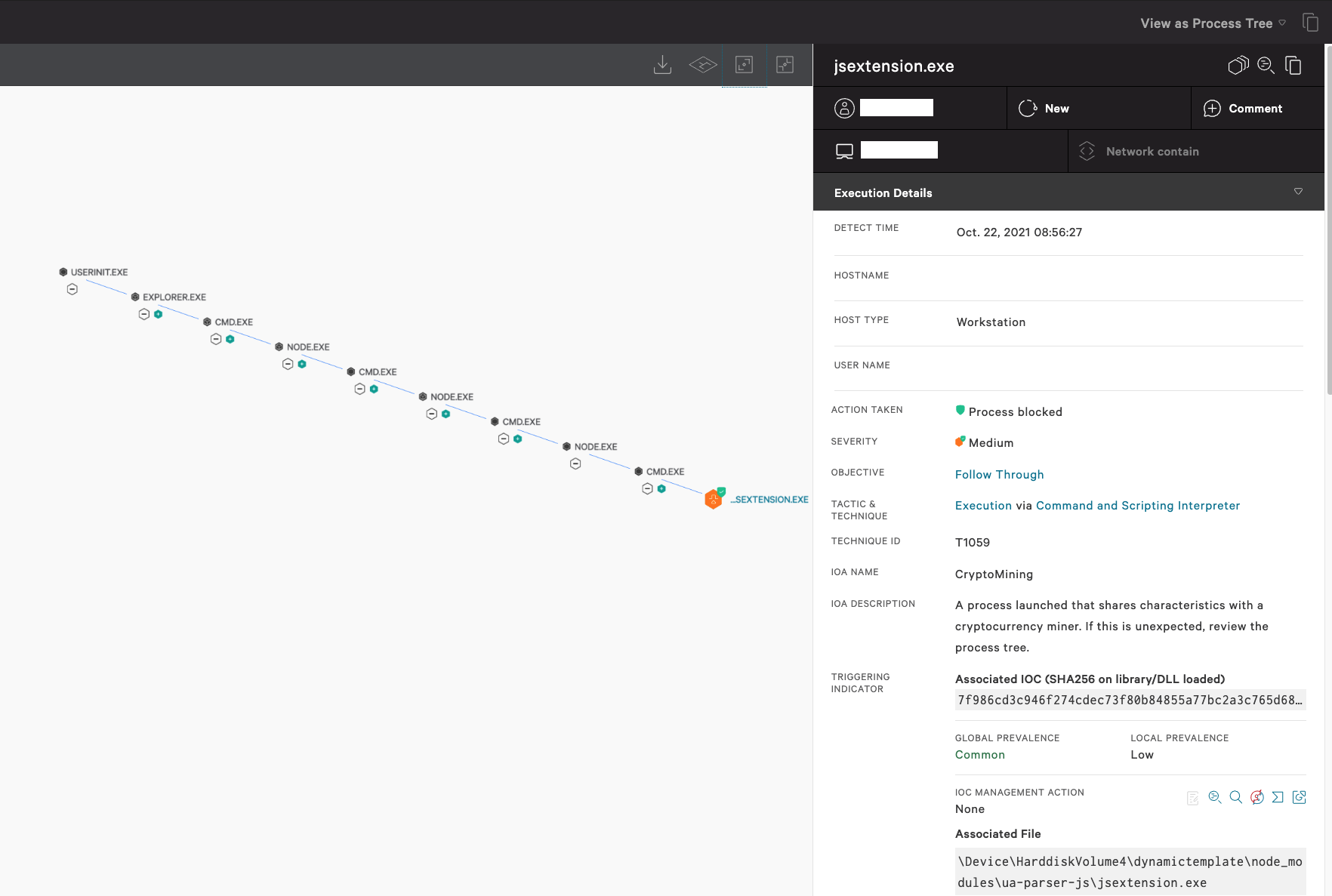LLM Honeypots: Trapping Threat Actors with AI-Powered Deception

LLM Honeypots: Trapping Threat Actors with AI-Powered Deception
In the ever-evolving landscape of cybersecurity, defenders are constantly seeking innovative ways to stay one step ahead of malicious actors. One of the most promising new approaches is the use of LLM honeypots – AI-powered traps designed to deceive attackers and expose their tactics.

What is a Honeypot and How it Improves Network security?
What are LLM Honeypots?
Traditional honeypots are decoy systems designed to attract and trap attackers. They mimic real systems and services, but are carefully monitored to detect malicious activity. LLM honeypots take this concept to the next level by leveraging the power of large language models (LLMs) to create more realistic and dynamic environments.
An LLM honeypot can simulate a wide range of systems and services, and can even engage in natural language conversations with attackers. This makes it much harder for attackers to distinguish the honeypot from a real system, increasing the likelihood that they will reveal their tools and techniques.
How LLM Honeypots Trick Threat Actors
LLM honeypots are designed to trick threat actors in several ways:
- Realistic Simulations: LLMs can generate realistic data and responses, making the honeypot appear like a legitimate system.
- Dynamic Interactions: LLM honeypots can adapt to the attacker's behavior, providing customized responses that keep them engaged.
- Data Capture: As attackers interact with the honeypot, their actions, tools, and even their thought processes can be captured and analyzed.
By creating a convincing illusion, LLM honeypots can lure attackers into revealing valuable information about their methods and objectives. For example, an attacker might try to upload a malicious binary to the honeypot, or they might reveal known exploits while attempting to compromise the system.
Benefits of Using LLM Honeypots
LLM honeypots offer several key benefits for cybersecurity professionals:
- Early Threat Detection: By attracting attackers, honeypots can provide early warning of potential threats.
- Threat Intelligence Gathering: Analyzing attacker behavior within the honeypot can provide valuable insights into their tactics, techniques, and procedures (TTPs).
- Improved Security Posture: The information gathered from honeypots can be used to improve security defenses and prevent future attacks.
- Resource Efficiency: LLM honeypots can automate the process of threat detection and intelligence gathering, freeing up security professionals to focus on other tasks.
What's Next?
LLM honeypots are still a relatively new technology, but they have the potential to revolutionize the way we approach cybersecurity. As LLMs become more powerful and sophisticated, we can expect to see even more innovative applications of this technology in the years to come. The ability to deceive and analyze attackers in a controlled environment offers a unique advantage in the ongoing battle against cybercrime.
References
- LLM Honeypots Deceive Attackers, Exposing Their Tactics and ...
- LLM Honeypots Deceive Hackers into Exposing Attack Methods
- Research shows LLMs can conduct ... - Cybersecurity Dive
- Research shows LLMs can conduct sophisticated attacks without ...
- Carnegie Mellon Study Finds LLMs Capable of Autonomous ...
- What is The Rise of AI-Powered Red Teaming: Automating ...
- Feature Image





